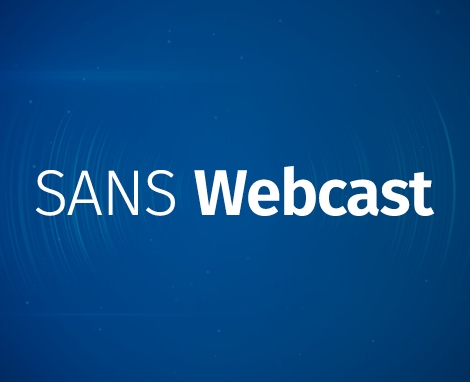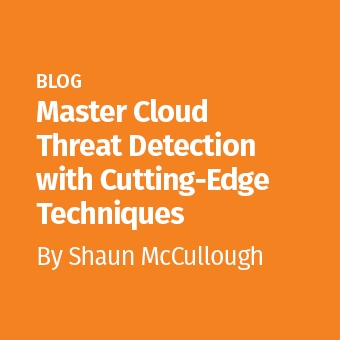Analyst Webcast: RASP vs. WAF: Comparing Capabilities and Efficiencies
RASP vs. WAF: Comparing Capabilities and Efficiencies
Web application firewalls (WAFs) protect web applications/servers from web-based attacks, sitting inline and monitoring traffic to and from web applications and/or servers. The difference between a traditional IPS and a WAF is in the level of ability to analyze the Layer 7 web application logic; IPSes merely interrogate traffic against signatures and anomalies, while WAFs interrogate the behavior and logic of what is requested and returned to protect against web application threats like SQL injection, cross-site scripting, session hijacking, parameter or URL tampering and buffer overflows. It's a classic \bolt-on" network security measure that too often, has little (if any) visibility into application logic, configuration or the flow of data and events. To address these issues, organizations are deploying an emerging technology of "runtime application self-protection" which, as the name suggests, builds self-defense capabilities into the runtime environment itself. This webcast will explore the relative capabilities and efficiencies of RASP and WAF technologies, and discuss a blind, vendor-anonymous review of a representative product in each category.
Sign up for this webcast and be among the first to receive an advance copy of a SANS whitepaper discussing the relative strengths and capabilities of RASP and WAFs.
View the associated whitepaper here.






